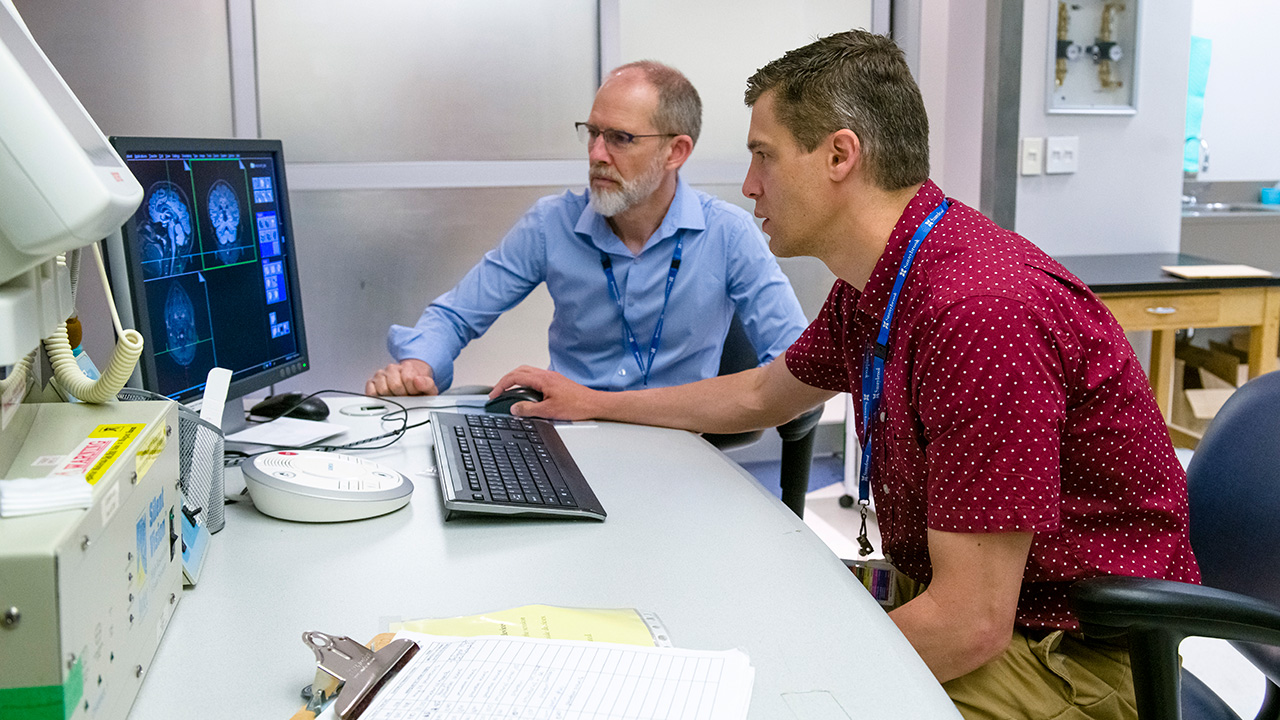Imaging study suggests Long COVID may impact brain physiology
New research from Sunnybrook scientists suggests that Long COVID may have an effect on the brain’s physiology, specifically its ability to use energy in certain brain regions.
The research is part of an effort to better understand symptoms associated with Long COVID and how COVID-19 more generally might impact the brain.
“Our research helps to shed light on potential relationships between viruses, broadly, and the brain,” says Dr. Bradley MacIntosh, principal investigator of the study and a senior scientist at Sunnybrook Research Institute. “This is one of the first published reports that details differences in brain physiology long after the time of infection.”
Through analyzing MRI scans of patients who had recovered from their acute COVID-19 infection but had symptoms consistent with Long COVID, the researchers looked at cerebral blood flow (CBF), a measure of the brain's energy utilization that occurs in the delicate vessels of the brain that provide nutrients and remove waste.
The study team found that people who self-isolated with COVID-19 had lower cerebral blood flow compared to people who self-isolated with flu-like symptoms, but not COVID-19. Cerebral blood flow tended to be lower in patients who had COVID-19 and continuing fatigue. These changes in cerebral blood flow did not appear to have an impact on cognition.
“These results demonstrate a small, but documented change in brain physiology,” says Dr. Simon Graham, principal investigator and senior scientist at Sunnybrook Research Institute. “One of our next questions is determining how these findings came to be.”
The researchers say they aim to replicate their findings with larger sample sizes and arrive at a better understanding of whether lower cerebral blood flow is directly related to COVID, or to the feelings and behaviors people experience on their road to recovery.
Read the study in the Journal of Magnetic Resonance Imaging »






